
In this final instalment of telling our Brand Story, we look at the seven steps in practice. Let’s tackle a website design, using the Brand Story framework. Each section will address an aspect of the framework, illustrated here in wireframes.
We Know You
The job of the hero section of our website is to hook our customer, and we have 0.5 seconds to do that. The hero section is the visible portion when the site first loads, before any scrolling or clicking – also called the ‘above the fold’ section.
We don’t say too much here. Less is more. We just say “we know you” – in whatever words and graphics will resonate best with our target audience. Directly below the hero statement, we describe our business in one sentence.
Below that comes the ‘value stack’ – a row of three successes our customer will experience from using our product or service. Not too much, nothing overly salesy, just a teaser.
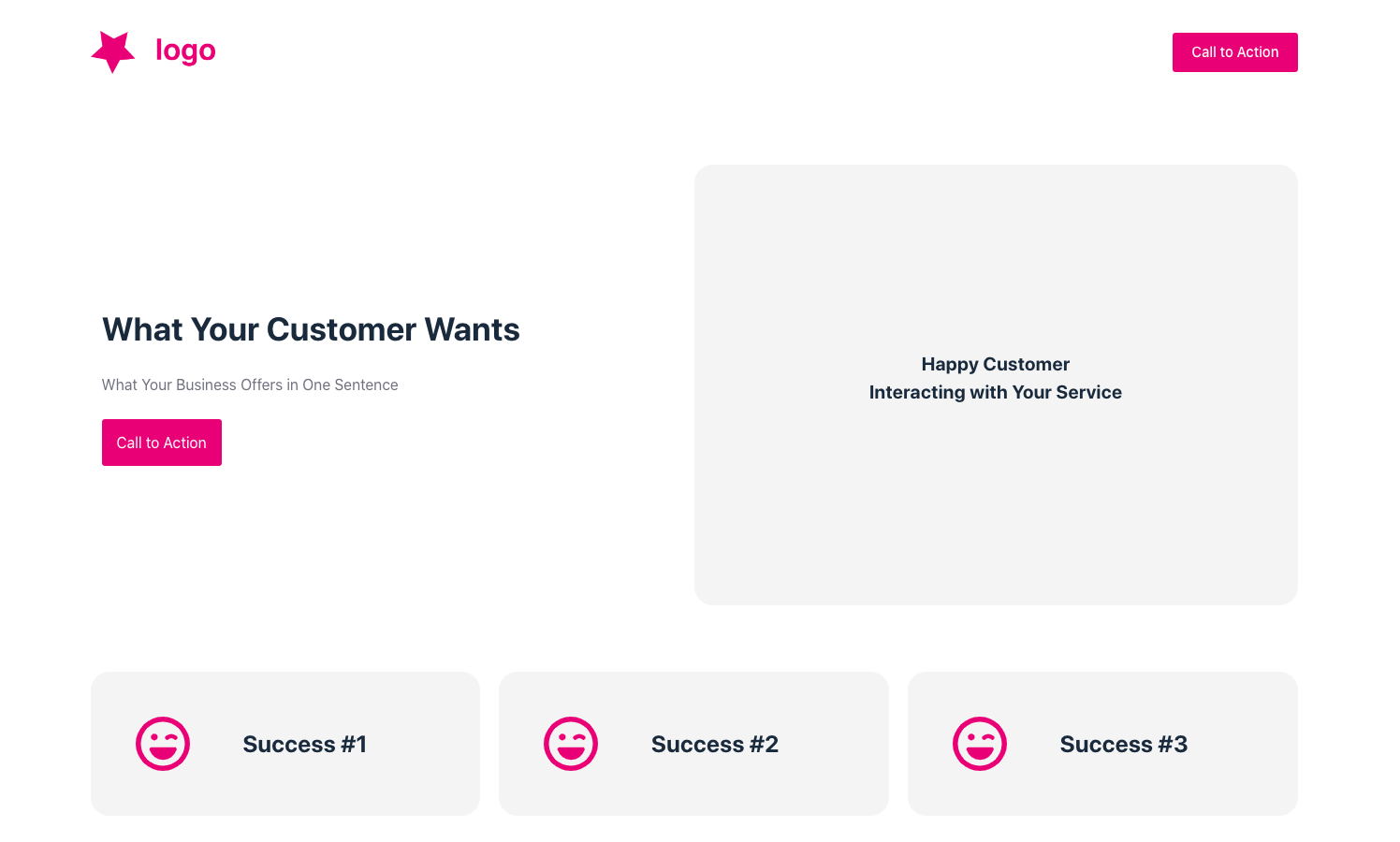
We Understand Your Needs
Next comes the section where we demonstrate our deep understanding of our customer’s pain. We show a pic or video on the left, and on the right we articulate their challenges.
Four bullet points will do. We don’t dwell on anything too negative, we just state our awareness of their problem.
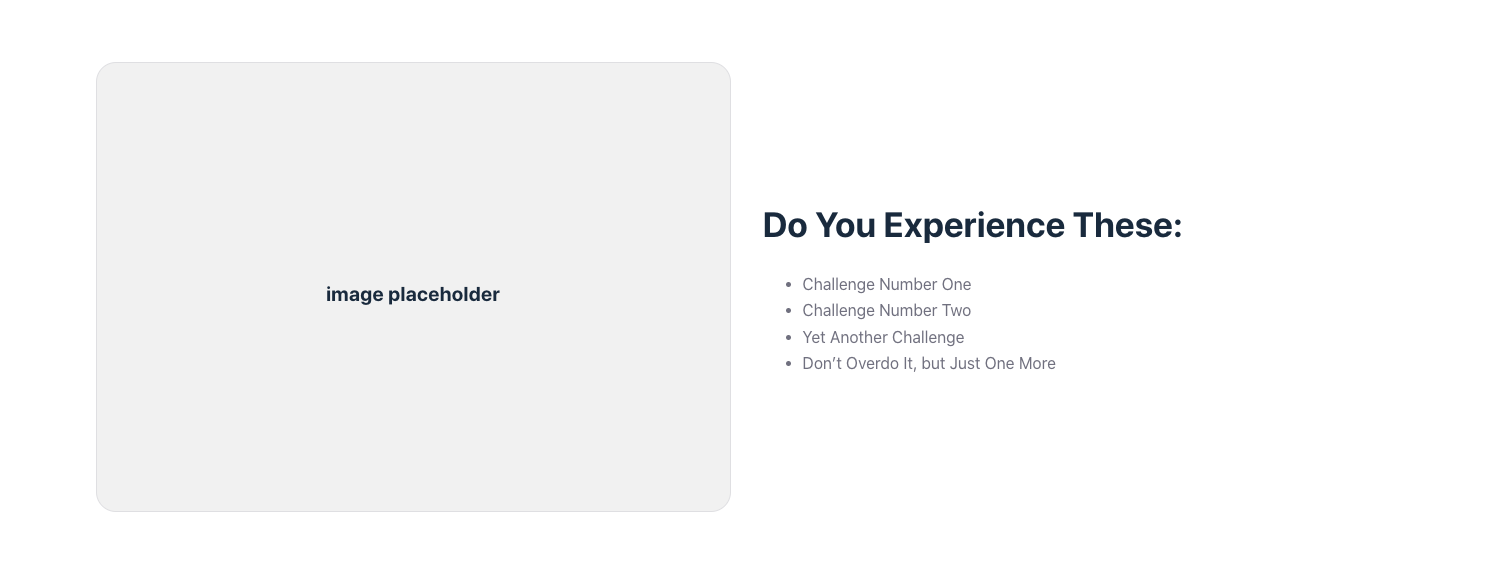
How We Help
Next, we give our best proposition as a guide. We illustrate our feature products or services, and the benefits of working with us. Describe each benefit in one punchy sentence.
Below that, we give another call-to-action button.
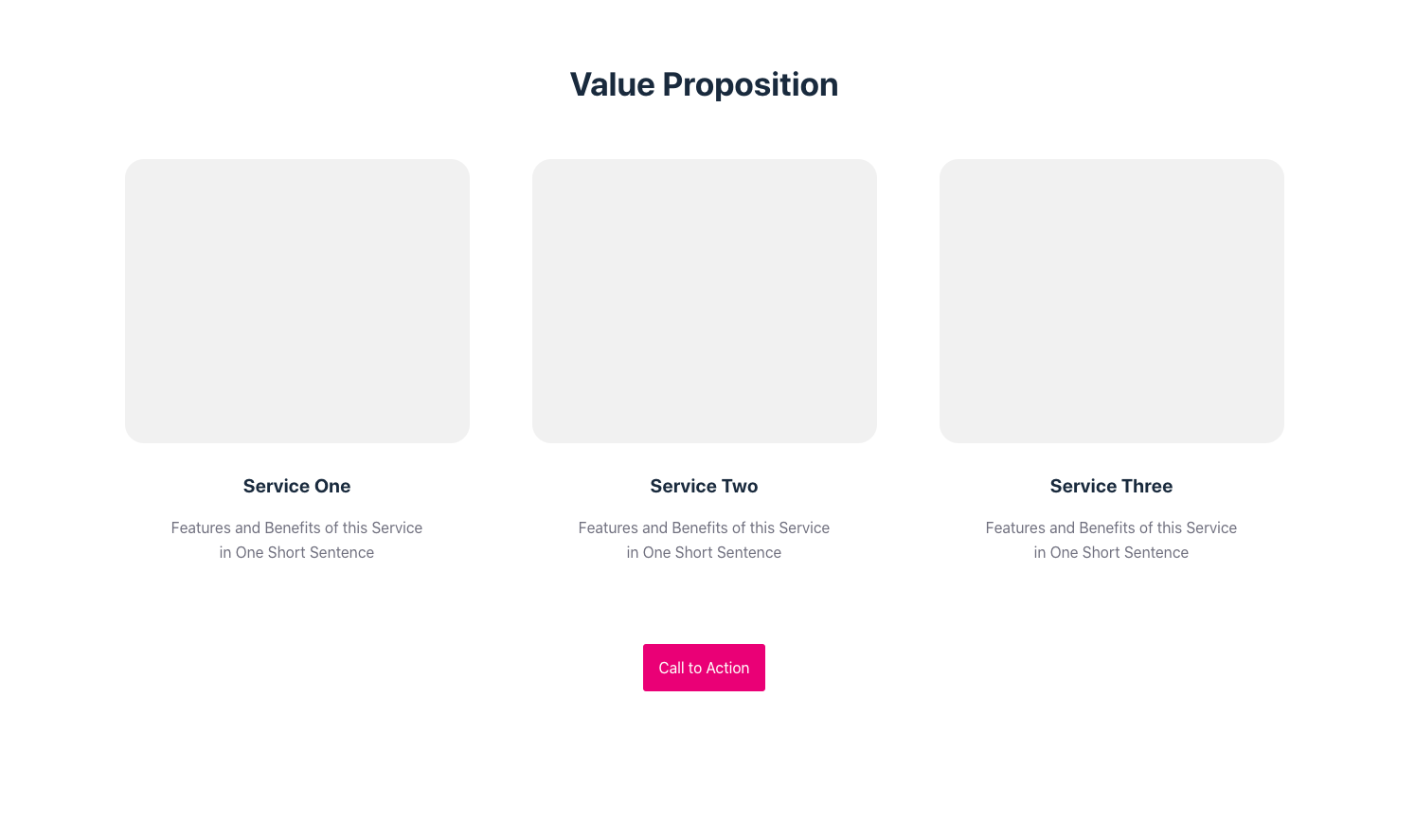
How We’ve Helped Others
Here we solidify our role as the guide by giving proof from past customers, case studies, or simply logos from customers we’ve worked with in the past. We can use all three: testimonials, case studies and logos.
The goal is to demonstrate we have authority to solve their problem without sounding arrogant.
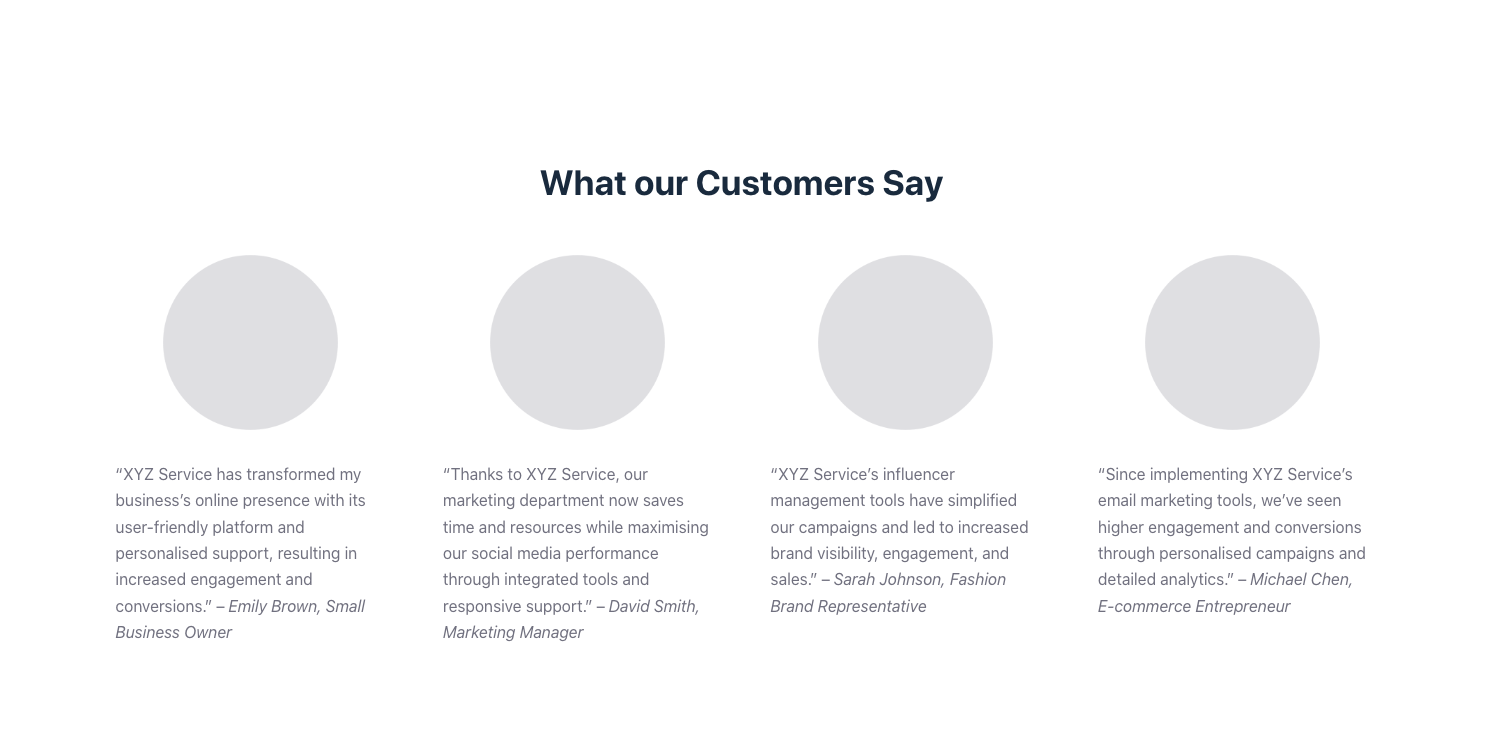
A Clear Plan
It’s important to tell our hero what comes next. What they can expect from engaging with our brand. Audiences are comfortable and at ease when they know what to expect.
Give a clear, step-by-step plan. Too many steps will be overwhelming; keep it simple.

A Freebie
Giving away something of value in exchange for an email address is a good way of keeping in contact with leads, even if they don’t engage immediately. Just remember to follow up with a nurture campaign to maintain momentum. A wise lead magnet is one that showcases just the tip of the iceberg and leaves our audience wanting more of what we offer.
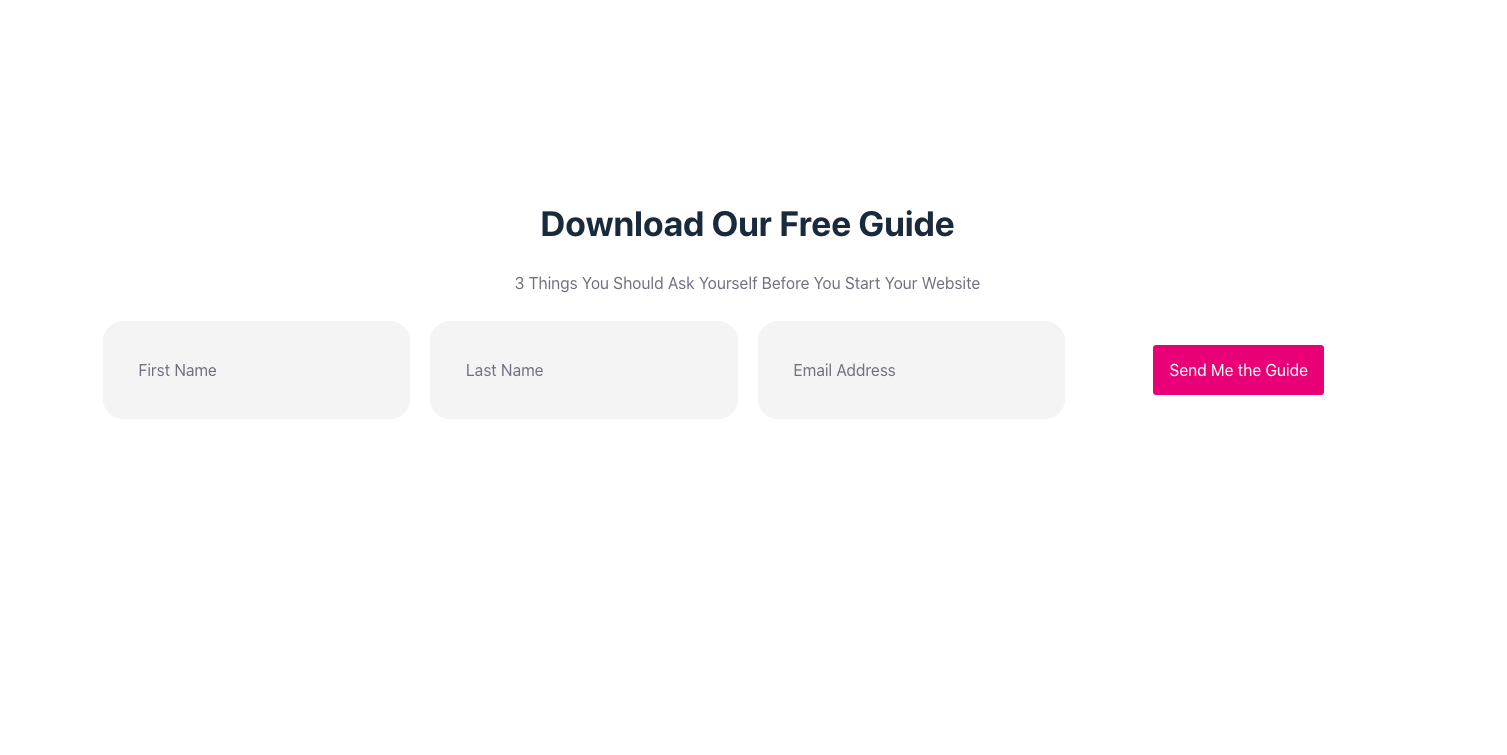
Final Thoughts
This is merely a framework for building a Brand Story on a website. By no means should every element be copied exactly as the template suggests. Each brand will have its own unique spin.
It helps to focus on writing the words first, before adding any brand assets or design elements. This way, we maintain our focus on the essence of our brand, rather than creating fluff and filler copy around pretty pictures.
